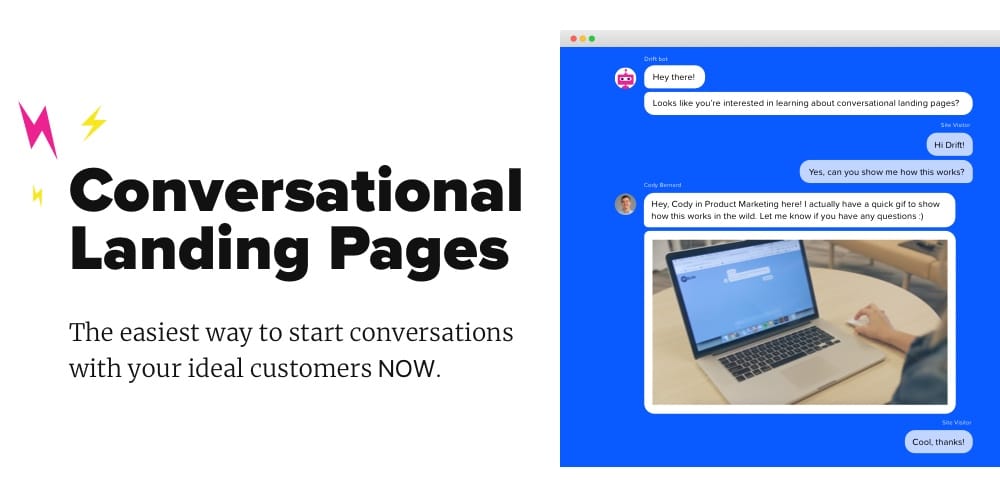How to write a blog post for beginners

Last updated: 07 January 2021
How on earth do I go about writing a blog?
A few days ago, Ryan asked us to start writing blogs, so we could share our areas of expertise and the community could get to know the people behind the work.
So, I sat down at my computer, put some music on, opened up a fresh Google Doc… and realised I have no idea how to write a blog. I’m not even sure where to start. I’m not a blogger, I’m a designer for Pete's sake!
After agonising over it for a few days I realised I had the perfect topic for my first blog; A Beginners Guide To Writing Blogs. If you’re reading this, chances are you’re in the same boat as me right now.
It’s my hope that by the end of this blog, we’ll both walk away with a better understanding of how to do this.
For the sake of both my own sanity and yours, I’m going to try and keep this as simple as possible.
Step 1: Planning
It doesn’t matter what you’re writing, the best place to start is always with planning. In my own case, being the Dungeons and Dragons addict that I am, I thought about it as being the same as if I was sitting down to plan out an upcoming D&D session for my players. A single self-contained story that would be wrapped up by the end of the session. The only difference being, that in this instance, my players are you, the readers.
So, how do I plan a session?
I start with creating a rough outline by answering these questions (these are my real answers as well, copy-pasted from my planning page):
Where are my players starting?
With little to no knowledge or understanding of blog writing
Where should my players end up?
Enough knowledge and understanding to start writing their own blogs
How am I going to get them there?
I’ll break it down as simply as I can and take them on the journey with me
What are some key milestones along the way?
- Planning
- Writing
- Editing
After answering those four questions, I felt comfortable moving onto the next stage; The Research.
Step 2: The Research
It’s during this stage that I felt like I was starting to a least somewhat grasp the concept of blog writing.
Now if you’re already an expert in the field that you’re writing in, you might not have to do this step. Though it doesn’t hurt to double-check your facts, I’m sure we’ve all seen the roasting that can come about if you post incorrect facts online.
I treated the topic of my blog as if it were the setting of my session. It’s an established setting already that people are familiar with, and if I don’t want my players calling me out for being wrong, then I had to do my research.
Now on the off chance that something in this blog is incorrect, please do feel free to correct me. I’ll own up to it and make it clear that I’m fixing it. Transparency and open communication is the best course of action, both at the D&D table and away from it.
Step 3: Writing
Something I learnt in the previous stage, is that if you ask 100 people what the best approach to headlines is, you’ll get 100 different responses.
I can only offer my own approach, which was to keep it short and to the point. You saw the title of this blog, and hopefully, you’re getting exactly what you were expecting: a guide to writing blogs for the absolute beginner.
Some general advice on writing the actual blog itself is the same advice I take when writing my session notes:
- Know your players - just as some things aren’t appropriate for every D&D table, not everything is appropriate for the audience of your blog
- Keep it on topic - you already have the core goal of the session and how you plan to get there.
- Don’t ramble on - delivering information is best done in short paragraphs. Whether it’s a good bit of exposition to your players or information in your blog. Delivering it in bite-sized chunks will help ensure your players don’t tune out.
It’s also worth talking about the use of visual aids. When planning a D&D session I like to find images online that inspire me, images of locations I’m going to use, non-player characters players might interact with, that sort of thing.
The same goes for blogs, the use of relevant images can help your audience better understand what you’re trying to say and the points you’re trying to make. Feature images are also important to create more interest in your text. Adding a GIF or branded image to your header could boost your chances at grabbing readers attention.
Step 4: Editing
There are a few key things I had to check for after I finished the first draft of this blog.
Spelling and Grammar. These are the obvious two, very few people are perfect at these but as long as you can remove any glaring issues it’s probably fine.
Repetition. I noticed when I read over my blog, that there were areas where I consistently used the same word over and over and over. Not because I was trying to make a point, but just purely by accident. And it made those sections incredibly awkward to read.
I found that the major issues can be caught simply by reading your blog out loud to yourself. If you find yourself stumbling or struggling then you can basically guarantee that your audience will stumble and struggle as well.
That’s All There Is To It
I’m not pretending to be a professional blog writer or even a skilled one. But by following these four steps, I was able to sit down and write out this blog. And if you’ve made it this far then that’s just proof that these steps must be doing something right.
So if you want to start writing blogs of your own, then take it from someone who’s just started; these steps are all you need to write the perfect blog.
If you’re still completely lost and need some further help, you can read more about blog writing in the blog posts below;
Write Blog Titles That Will Lure Your Readers In
What is Search Engine Optimisation?
Free Google SEO Tools To Boost Your Search Rankings
Quick Wins To Improve Your SEO
Otherwise, feel free to chuck us an email here and we’ll do our best to help you out!






